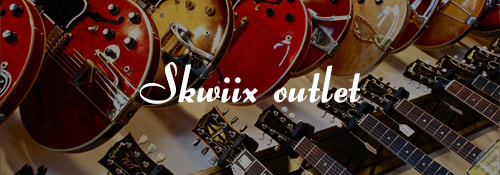Drums - Buying tips & guidelines
|
Acoustic drum kit
An acoustic drum kit is a set of drums and cymbals designed to be played as one instrument. Most Drum kits are sold in five-piece configurations (the number of drums), which typically include
Benefits:
Limitations:
Electric drum kit
An electric drum kit is essentially a collection of sample pads set up like an acoustic drum kit. The pads themselves are designed to produce little acoustic sound, other than the dead sound of the wooden drumsticks hitting rubber. The drum kit has to be plugged into an amplifier, speaker, or pair of headphones to be heard, which makes them ideal for practice when the volume has to be kept to a minimum. Benefits
Limitations
|
Suppose you want to take your drumming seriously, possibly make a career from it, and have no intention of playing electronic music. In that case, you need to buy an acoustic drum kit. If you are in this position and end up purchasing an electric kit, you could develop bad habits that take years to reverse.
Suppose you want to learn the drums casually, won’t miss the power of an acoustic kit, or are certain that you only want to play electronic music. In that case, an electric drum kit is for you. You can learn how to play an amazing instrument without worrying about bothering neighbours.
Suppose you want to learn the drums casually, won’t miss the power of an acoustic kit, or are certain that you only want to play electronic music. In that case, an electric drum kit is for you. You can learn how to play an amazing instrument without worrying about bothering neighbours.
Try before you buyBefore you invest in a new drum kit, make sure you play it. Any retailer worth their salt will encourage you to sit behind a kit and experiment before committing. You’ll be spending a lot of time behind your new kit, so make sure you’re comfortable, that the kit sounds right, and, most importantly, feels right. The most exciting part of buying and setting up your new drum kit is getting the right sound. The physical size of your drums will affect the sound, as will the material they’re made from. The size and shape of a cymbal and the type of metal used give the cymbal its signature sound. There are a huge variety of cymbals available – all with their unique tone and feel.
|
Space considerationsA full-sized drum kit can take up a lot of space, and when you’re setting up, be prepared for things to spread out a bit. You’ll be surprised how far a kick/bass drum can travel in one practice session. If you’re short on space, electronic kits can help. They have a smaller footprint than acoustic kits, so they can easily squeeze into the corner of your room or home studio. Moreover, they’re easy to assemble and dismantle, so you can put them away and get your room back when you’re not rehearsing. They’re also easier to take out and about for band practice or gigs.
|

